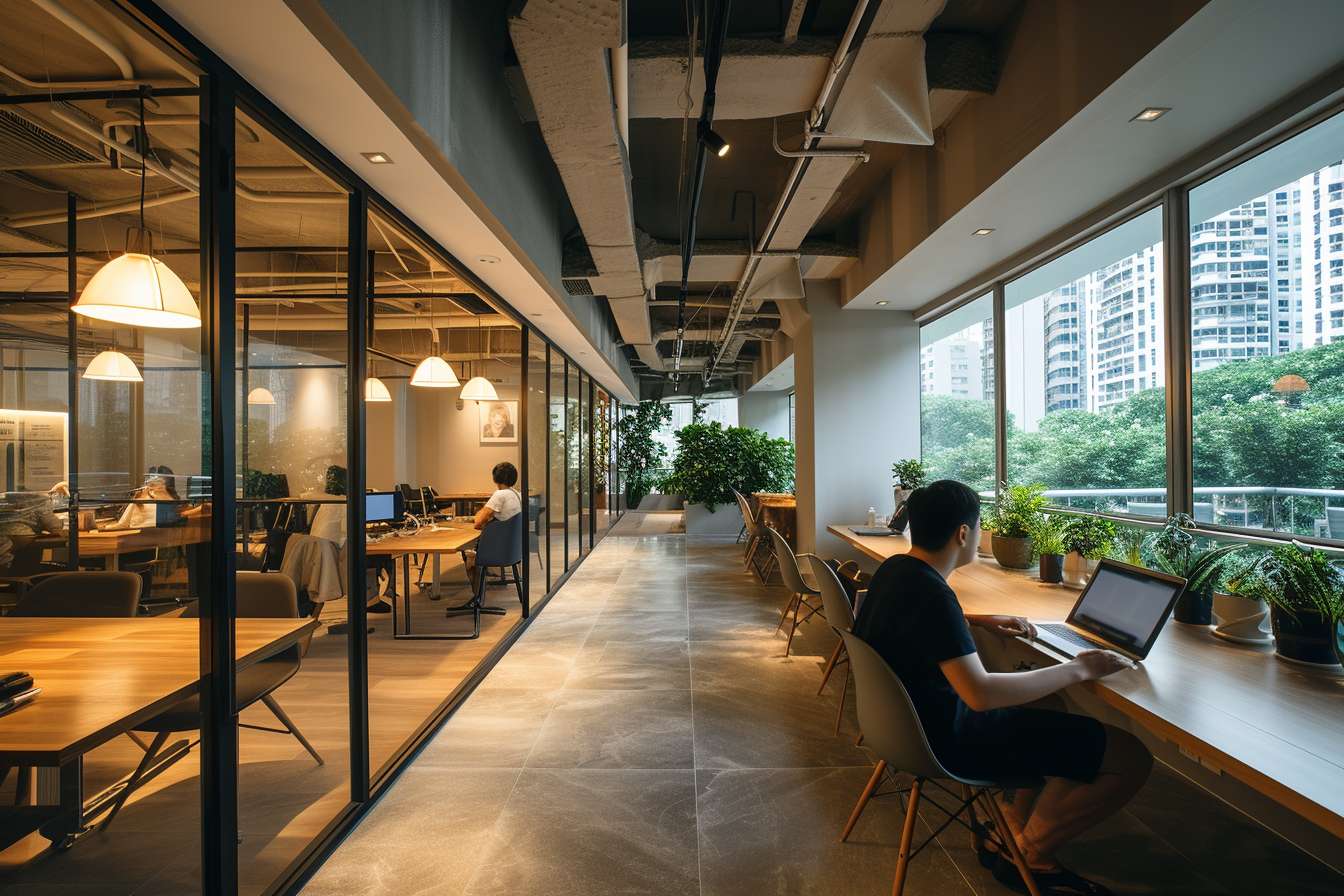Optimizing Natural and Artificial Lighting for Increased Focus
Effective lighting shapes how well you concentrate in a remote or hybrid workspace. This article highlights practical adjustments to natural and artificial light, plus complementary layout, ergonomics, and wellness strategies that support sustained focus without making speculative claims.

Good lighting is a central element of a productive home workspace. Thoughtful use of daylight and deliberate artificial lighting can reduce eye strain, improve alertness, and make routines feel more consistent. Rather than one-size-fits-all prescriptions, this article outlines practical lighting choices paired with layout, ergonomics, and organizational adjustments so that individuals working remotely or in hybrid arrangements can shape an environment that supports long stretches of focused work.
Natural light and focus in a remote workspace
Positioning your desk to take advantage of indirect natural light is a straightforward way to boost alertness and align with circadian rhythms. South- or west-facing windows may deliver strong afternoon light, while north-facing windows yield steady, diffuse illumination. Use light-filtering curtains or blinds to prevent glare on screens while preserving brightness. For many remote workers, alternating desk orientation or adding a reflective light-colored surface behind the monitor helps distribute daylight across the workspace without creating hotspots.
Layering artificial lighting for productivity
Layered artificial lighting — combining ambient, task, and accent light — helps maintain consistent illumination when daylight wanes. Ambient fixtures provide even room light; adjustable task lamps deliver focused illumination for reading or detailed work; and low-glare accent lights reduce contrast that can cause eye fatigue. Choose bulbs with a color temperature that matches your goals: cooler (higher Kelvin) light can promote alertness during daytime, while warmer tones are less disruptive in evening hours. Dimmable fixtures and tunable white LEDs add flexibility for changing tasks and times of day.
Ergonomics and layout to complement lighting
Lighting choices interact with ergonomics and layout. Place monitors perpendicular to windows to minimize screen glare, and adjust monitor height and distance to reduce reflections and neck strain. Keep primary task surfaces within reach and under task lighting to avoid awkward postures that reduce comfort and concentration. A balanced layout that considers sightlines, storage access, and clear walking paths reduces distractions and supports consistent routines that improve focus and long-term comfort.
Managing acoustics, privacy, and security
Lighting supports more than vision: it sets the tone for privacy and perceived safety. Well-lit entryways and storage areas reduce fumbling and interruptions, while even lighting in video-call backgrounds enhances perceived professionalism. Combine lighting with acoustic treatments—rugs, panels, or bookshelves—to limit reverberation that can distract concentration. For security and privacy, avoid backlit positions that silhouette screens during calls; instead, choose lighting that evenly illuminates faces and work surfaces without exposing sensitive information to windows or shared spaces.
Peripherals, connectivity, storage, organization
Good lighting makes it easier to find and use peripherals, manage cables, and organize storage, all of which reduce friction during focused work. Label storage with high-contrast tags and illuminate drawers or shelves with motion-activated strip lights to speed retrieval. Ensure connectivity and peripheral placement are within ergonomic reach, and place charging stations in well-lit zones so device status is visible. Thoughtful organization paired with adequate lighting decreases context switching and supports sustained productivity.
Wellness, routines, plants, comfort, hybrid work
Integrate lighting into daily routines that support wellness: open blinds shortly after waking, use brighter, cooler light during deep-focus blocks, and shift to warmer, dimmer light as the workday ends to signal winding down. Houseplants positioned to receive adequate daylight can improve perceived air quality and comfort, contributing indirectly to focus. For hybrid workers, design a consistent lighting scheme that functions both for concentrated solo work and occasional video calls, helping maintain rhythm whether working from home or alternating with an office.
Conclusion
Optimizing natural and artificial lighting is an accessible way to improve focus in a remote or hybrid workspace. Combining daylight control, layered artificial lighting, ergonomic layout, and organized peripherals fosters an environment that supports productivity, comfort, and wellness. Small, deliberate changes to how light interacts with furniture, storage, and routines can reduce distractions and make focused work more sustainable over time.





